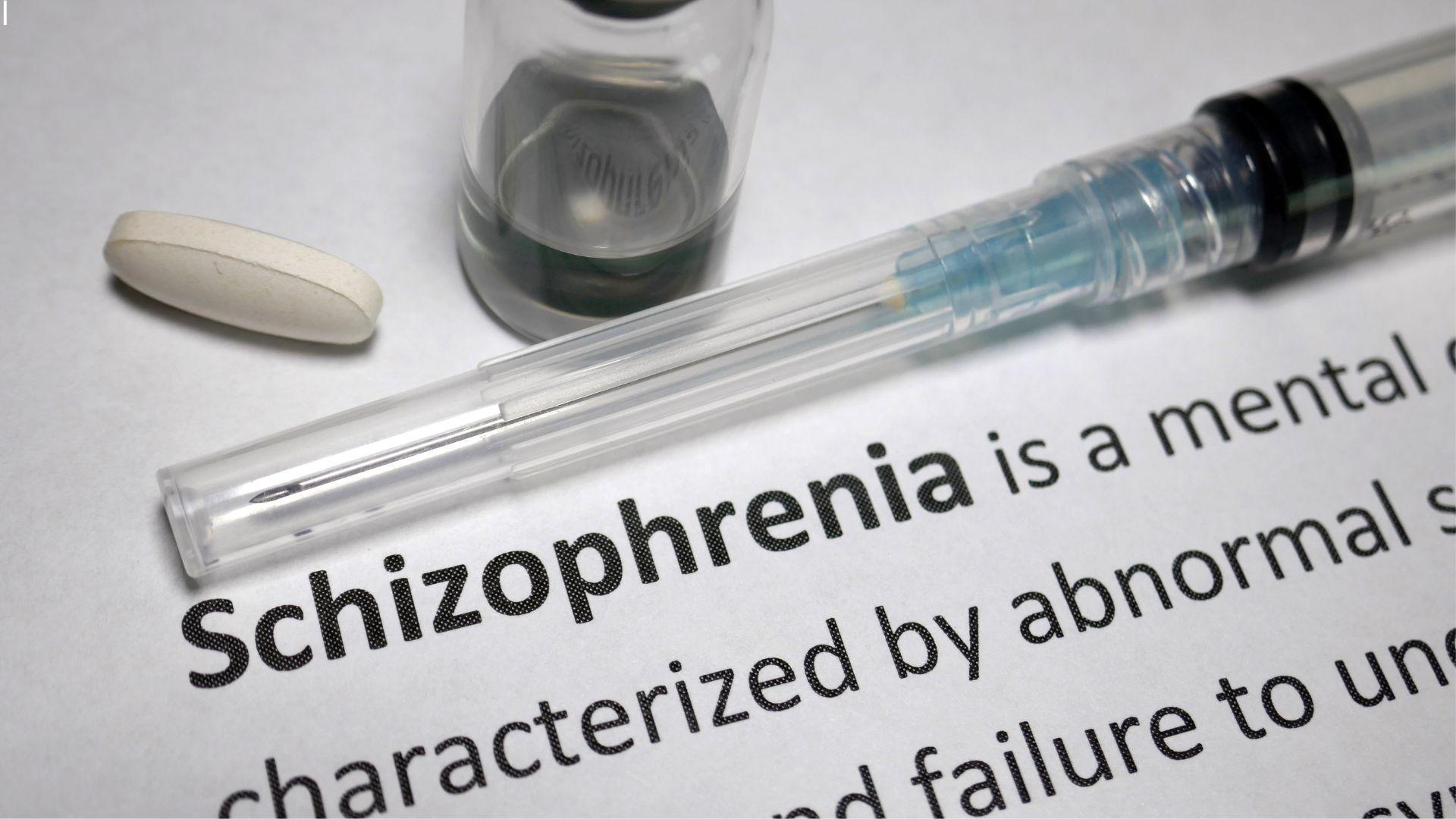A New Wave in Depression Treatment: GlyphAllo Enters Phase 2b for MDD With and Without Anxious Distress
For decades, we've grappled with the challenge of treating major depressive disorder (MDD)—particularly in clients who also experience anxious distress. Add to that the limitations of current treatments, delayed onset of action, and tolerability issues, and it’s no wonder that innovation in this space is urgently needed.
Which is why we’ve been so excited—and vocal—about novel treatments like Auvelity, Spravato, and a growing list of emerging options including GM 2505, ITI 1549, CBN 003, Compass 360, and many others now advancing through clinical trials. These developments reflect a new era in psychiatry where mechanism-driven treatments offer hope for clients who’ve been underserved by conventional approaches.
We’ve already discussed how even a single subanesthetic infusion of ketamine during cesarean delivery has been shown to cut the incidence of postpartum depression by over 60%. In a 2025 meta-analysis by Li et al., women receiving perioperative esketamine had a significantly lower incidence of postpartum depression at both 1 and 4 weeks postpartum compared to control (Risk Ratio at 4 weeks = 0.39, 95% CI: 0.22–0.69, p < .01), highlighting ketamine’s rapid and protective antidepressant effects during a critical window.
That’s why the recent announcement that the first patient has been dosed in the Phase 2b BUOY 1 trial of GlyphAllo (SPT-300) represents a potentially transformative development.
What Is GlyphAllo?
GlyphAllo is an oral prodrug of allopregnanolone, a naturally occurring neurosteroid that modulates GABA-A receptors. If that sounds familiar, it’s because a related compound—brexanolone (Zulresso)—was the first drug approved specifically for postpartum depression. However, brexanolone requires a 60-hour IV infusion in a hospital setting. That limited its utility, despite clear evidence of efficacy.
What GlyphAllo promises is oral, once-daily delivery of allopregnanolone—without the need for hospitalization or complex infusion setups. Using Seaport Therapeutics' proprietary Glyph™ platform, it bypasses the liver's first-pass metabolism by leveraging the lymphatic system for absorption. This innovation allows for bioavailability that is nine times higher than standard oral allopregnanolone.
About the BUOY 1 Study
This randomized, double-blind, placebo-controlled Phase 2b trial will enroll approximately 360 adults with MDD—some of whom also meet criteria for anxious distress, a specifier that often correlates with worse outcomes. Participants will receive either GlyphAllo or placebo once daily for six weeks, with the Hamilton Depression Rating Scale (HAM-D-17) serving as the primary outcome measure. An optional six-week open-label extension will follow.
In earlier trials, GlyphAllo demonstrated not only pharmacokinetic efficiency but also neurophysiologic evidence of target engagement—including EEG beta power modulation and reduced saccadic eye velocity. In a Phase 2a stress model using the Trier Social Stress Test, it significantly reduced salivary cortisol compared to placebo (p = 0.0001), with mostly mild adverse events.
Why This Matters
At South Chesapeake Psychiatry, where we serve clients with complex presentations and often treatment-resistant depression, this could be a game changer. Many of our clients struggle not just with mood symptoms, but with heightened stress reactivity, sensory overload, and GAD-like features that don't always respond to traditional SSRIs or SNRIs.
If GlyphAllo can offer fast-acting, well-tolerated, orally dosed relief, it could unlock treatment opportunities for individuals who are unwilling or unable to engage in IV or intranasal options (like Spravato). Moreover, the fact that it’s being tested in a population that includes anxious distress specifiers aligns with the lived experience of many clients who are often underserved in clinical trials.
More Tools in the Toolbox
For years, our field has chased the holy grail of rapid-acting antidepressants. Esketamine was a breakthrough. So was Auvelity. And with compounds like GM 2505 and now GlyphAllo, we’re seeing a wave of innovation focused on neurosteroids and GABAergic mechanisms.
Each new tool adds optionality. And each validated mechanism builds confidence that we can deliver personalized care with real outcomes.
Conclusion
With the BUOY 1 trial now underway, we await the results with cautious optimism. But if early data holds true, GlyphAllo may not just be another entry in the pipeline—it could represent a new oral standard for clients with MDD who need both efficacy and flexibility in how they receive treatment.
For us at South Chesapeake Psychiatry, it’s another step toward building out the kind of individualized, high-impact psychiatry our clients deserve.
References (APA 7th)
Li, Y., Zhao, K., Cao, P., et al. (2025). Perioperative use of esketamine for the prevention of postpartum depression after cesarean section: A meta-analysis. BMC Pregnancy and Childbirth.
Seaport Therapeutics. (2025, September 5). First patient dosed in Phase 2b study of GlyphAllo for patients with major depressive disorder, with or without anxious stress [Press release]. https://www.seaporttx.com/newsroom




